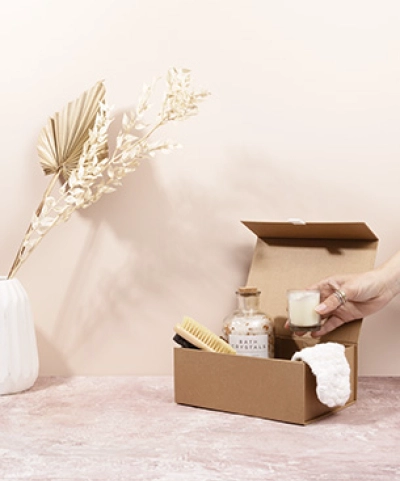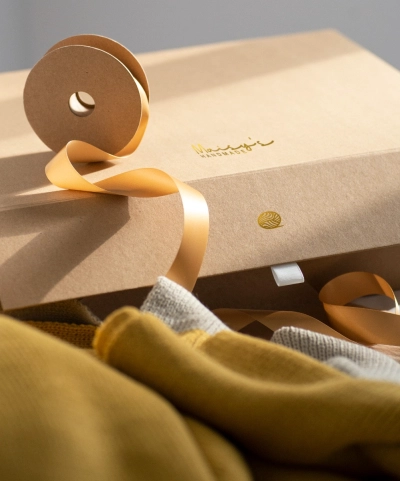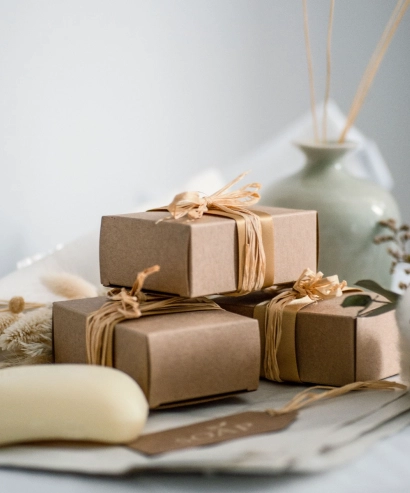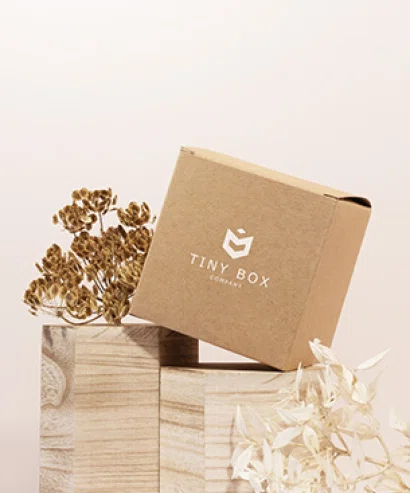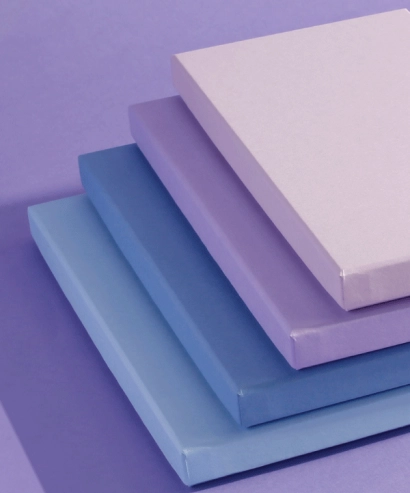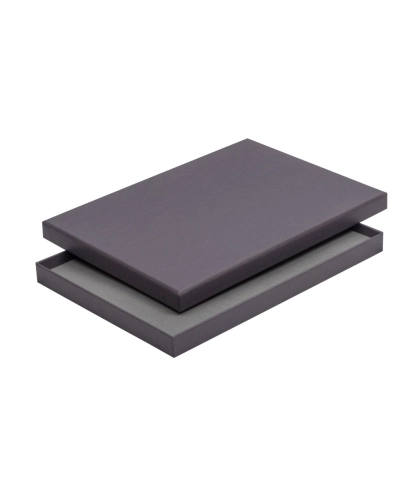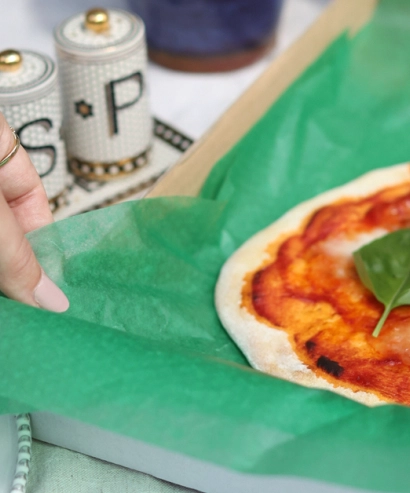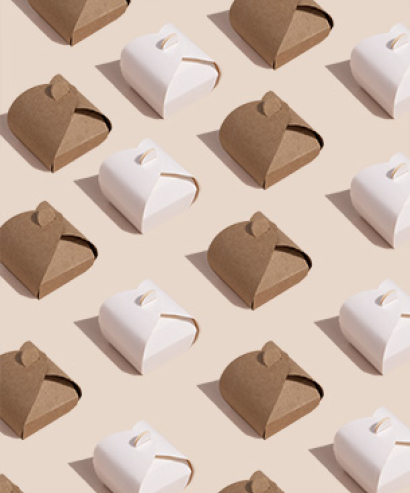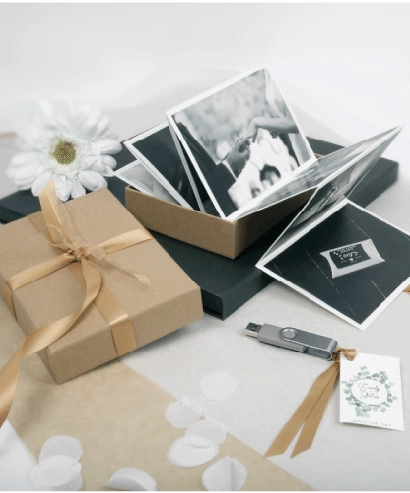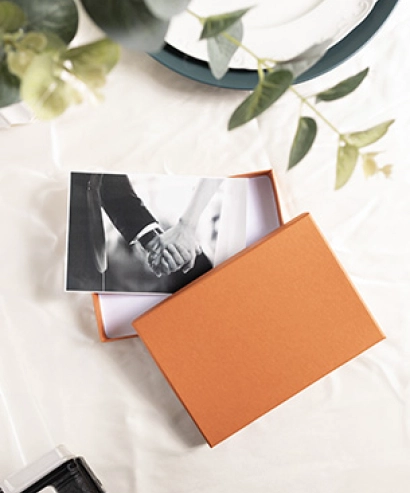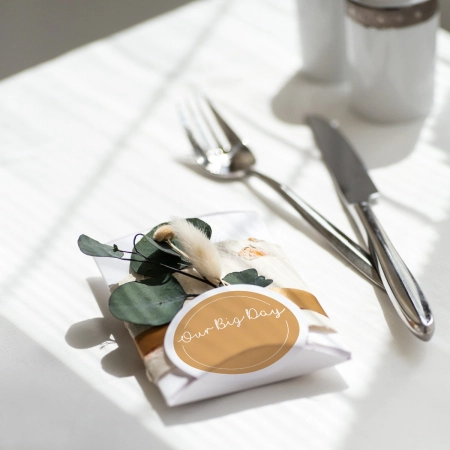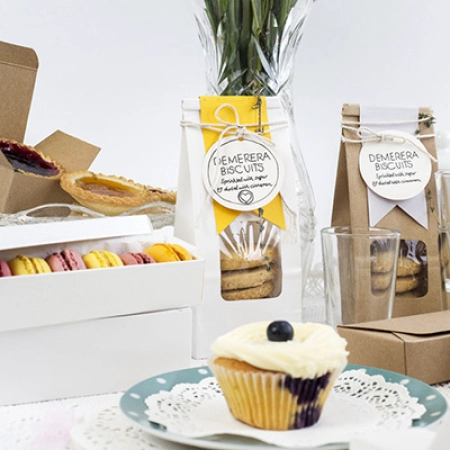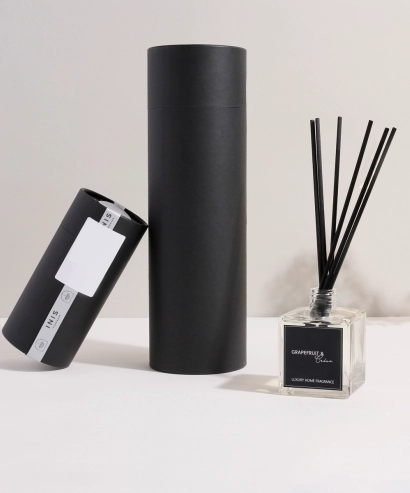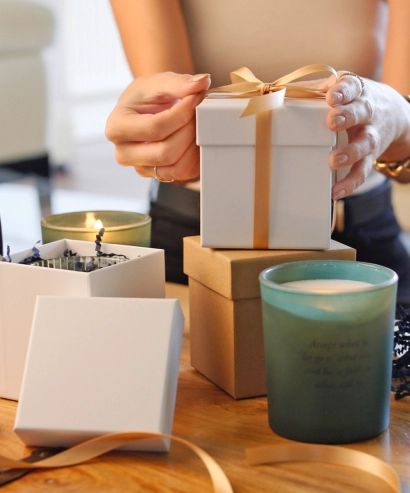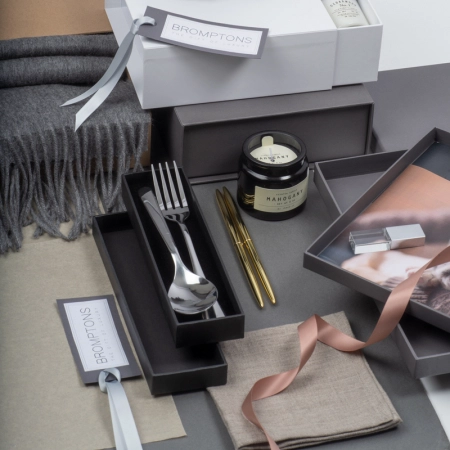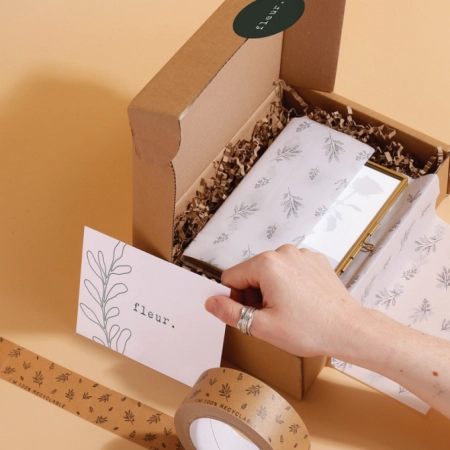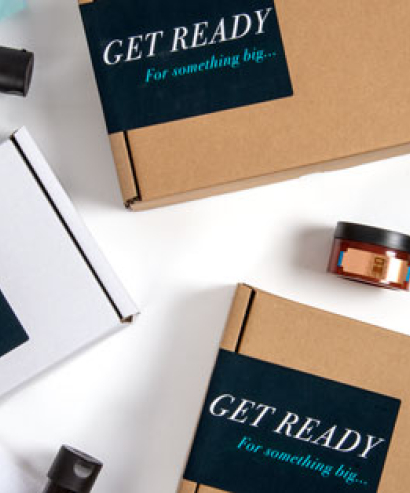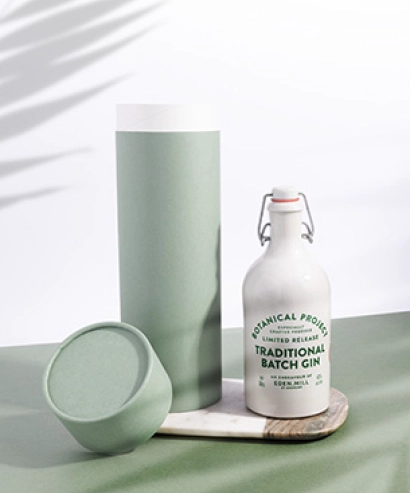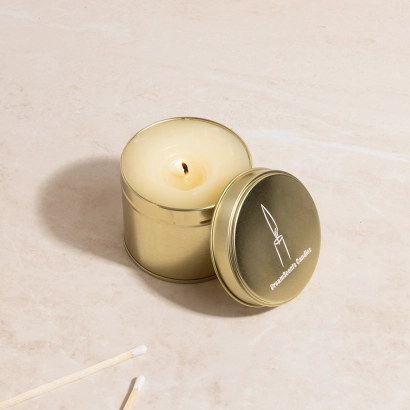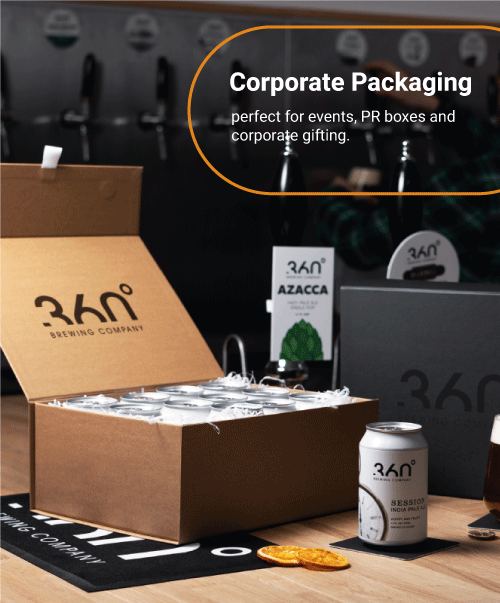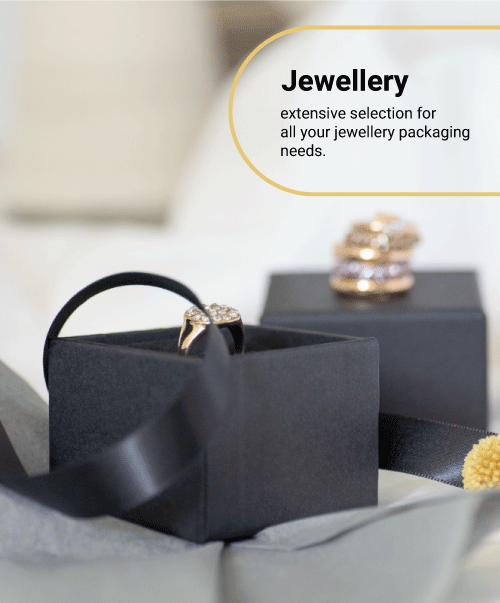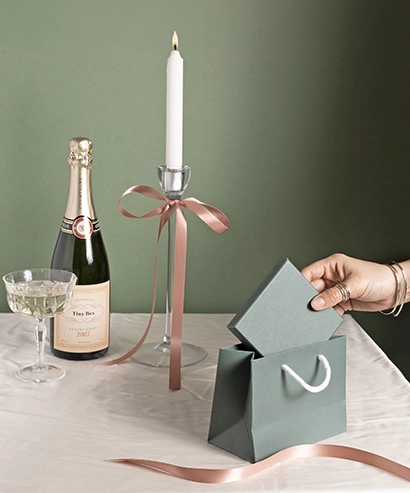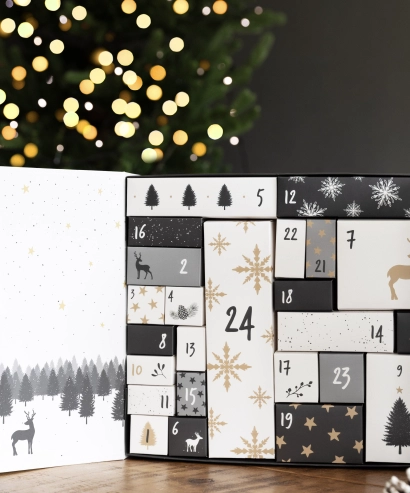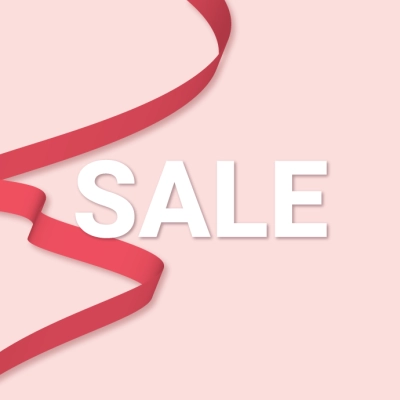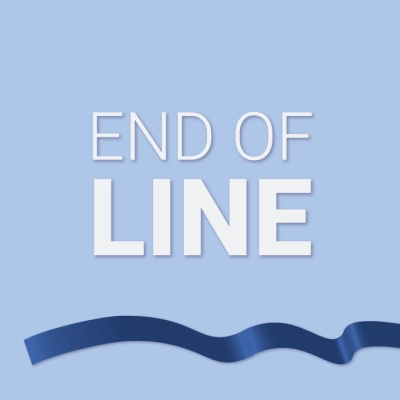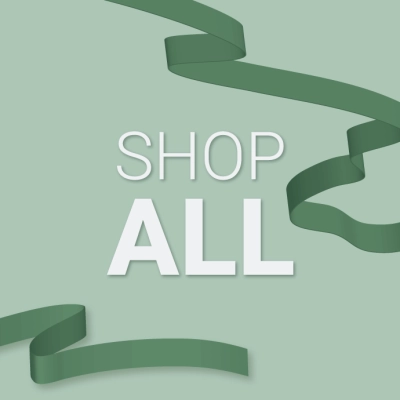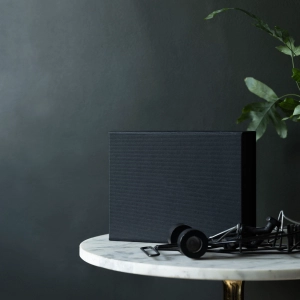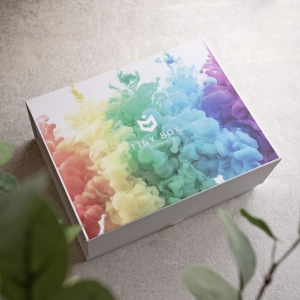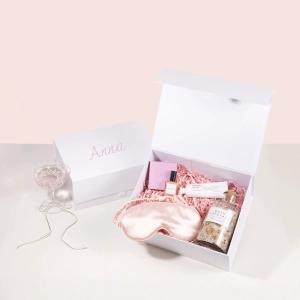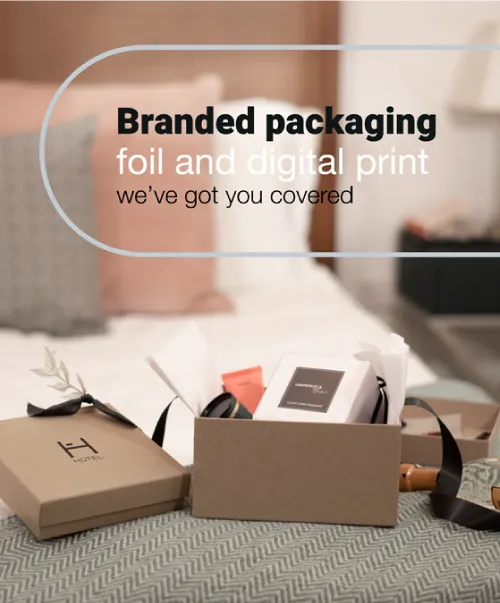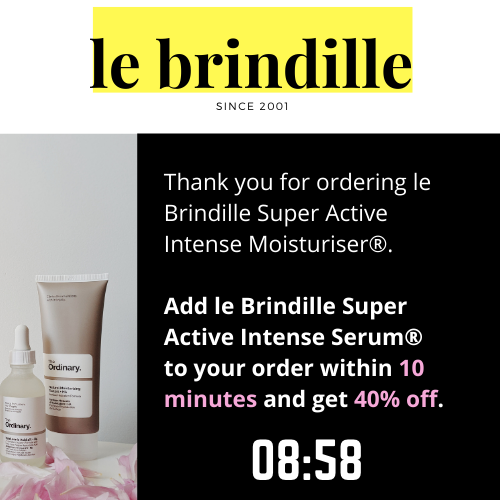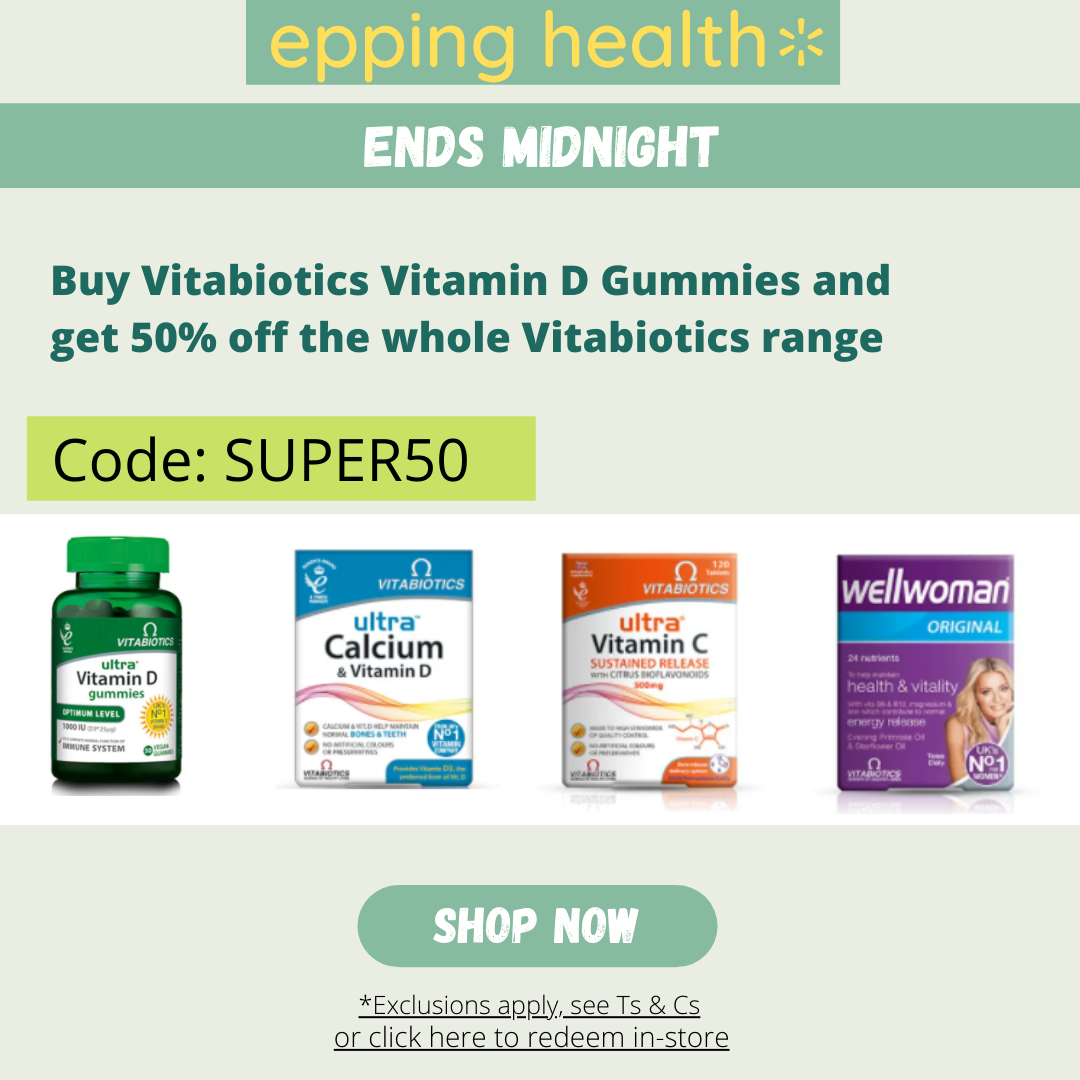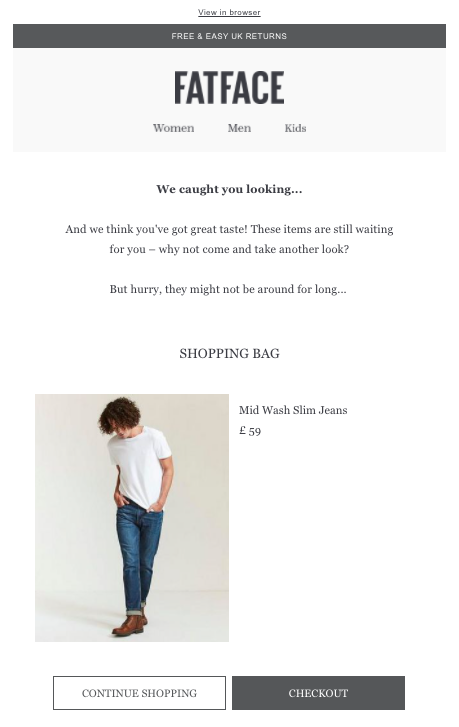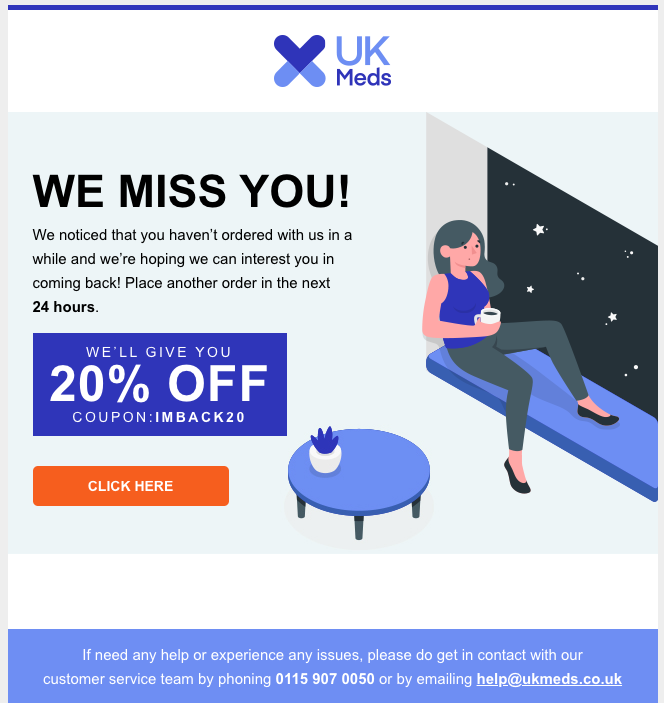
|
Despite what you might have heard, Email marketing is still alive and well. It has the highest clickthrough rate of any form of advertising. Emails still generate sales when done well. Think about it – you are talking to people who have said they want to hear from you. They are interested in what you have to say and you can take your sales pitch right to their inbox. And, unlike social posts, your message is more or less guaranteed to reach your audience. The trick is to try and get people at the right time in their buying journey. And also to make sure that once your subscribers have taken the time to give you their details that you don’t then ghost them. That is a wasted opportunity. And then it’s a bit weird when you suddenly get on top of your email and contact them a year later. If you’re not really sure how to go about emailing, I’ve made a list of emails that you need to set up to keep your audience engaged throughout their buying journey and for you to maximise sales. To set these emails up, I would recommend Mailchimp, which is free for under 2,000 subscribers. Shopify also has an email facility for those that use the e-commerce platform but it is quite basic. Many of these emails are automated so all you have to think about is content for your newsletter. It is important, when sending emails, to try and avoid using trigger words that will get your careful crafted emails sent straight to the spam box. Check out Hubspot’s handy list of subject lines that you shouldn’t use.
Welcome EmailThis is so important because it sets the tone for your ongoing relationship. I would advise against making the welcome email too salesy, unless you are going to offer them a discount or a gift. The welcome email might list the benefits that the subscriber might expect from future emails and it might invite them to follow your social media channels (be sure to add links). Do make sure you thank them and try to build a personal connection. Post Purchase follow upHow often do you buy something, get a boring “thanks for your purchase” email and then never hear from the company again until months later when they want to sell you something. That’s not nurturing a relationship. There are a few really great post-purchase emails that you can send and the best thing is that you can send them all (not all at once, obviously) and use Mailchimp to automate that process for you. Here is an example email series that you might use post-purchase:
Timed Upsell EmailsYou need to make sure that your email provider is connected to your website for this. If you sell consumer goods with a finite lifespan, such as food or beauty products, then automate an email to be sent out when they are nearing the end of the product’s life. And then incentivise them to buy that product again. This will allow you to build up a loyal customer base.
Other Incentive EmailsIncentive emails usually work best if they’re to products that the recipient has bought or looked at. However, if you haven’t managed to connect your website to your email list, discounts and free delivery offers also work well. However, use generic incentives sparingly. I used to buy products from one skincare company who sends offers every week. I know that if I missed the free delivery on Friday, no need to worry because there will be a 20% off offer on Monday. This reduces the sense of urgency, which is the main point of the offer. It can also cheapen your brand if it becomes seen as a discount brand. Abandoned Basket Emails
These emails get a mixed reception. Some people simply don’t like them. But they do work and you can draw back customers who got distracted in the purchase process. According to SaleCycle, nearly half of all abandoned cart emails are opened and over a third of clicks lead to purchases back on site. You can set these up in Mailchimp. Shopify also has this function. Re-Engagement EmailsIf you ever get an email with the subject line of something like “We miss you”, don’t ignore it. Chances are, it contains a discount code. These emails are a great way to draw back customers who haven’t engaged with your business for a while. You can use Mailchimp to segment customers who haven’t opened your emails in, say, three months and you can attempt to entice them back. This is usually with a discount code or some kind of offer.
This list should offer some kind of framework to help you provide relevant content to your customers at the right time in their buying cycle. Whatever you do, try not to make your emails boring. Use your confirmation/ thank you email as a chance to wow your customers. There’s so much more you can say than “thanks for your order”. Try and let your brand personality shine through. Go do it! Good luck! Wanting more after this blog? Why not sign up for one of our FREE 1-1 business or marketing consultations with Tiny Box Clinic?
|

